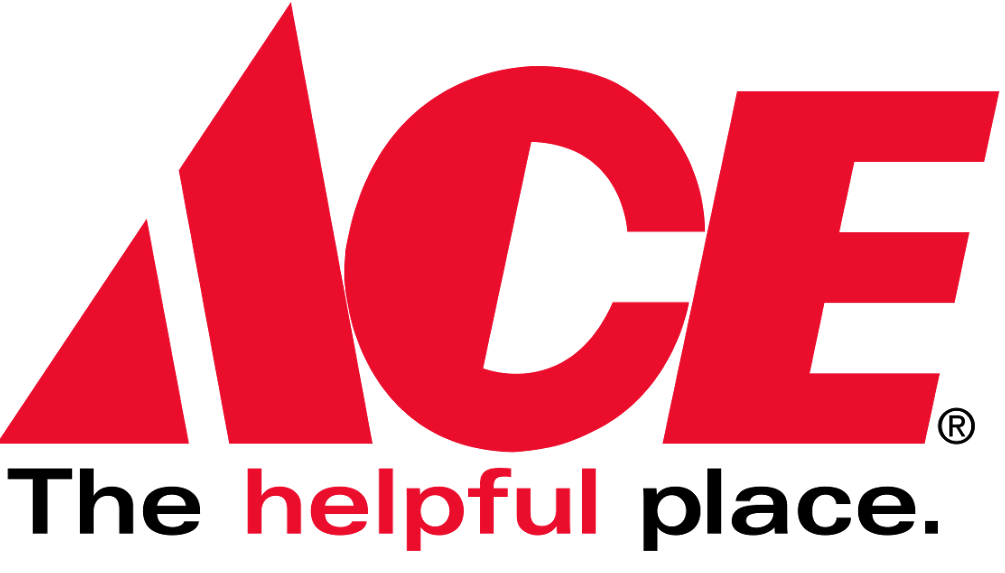Just as it’s important to use the right tool for the job, it’s important to use the tool in the right way. This includes the actual usage of the tool as well as the prep and maintenance work required to operate at its best. Today, we’re going to talk about how to use and maintain a common winter power tool, the snow blower.
Pre-Use Preparations
1. Checking the Fuel and Oil Levels
If you don’t have enough fuel, your snow blower will give out before the job is done. Without enough oil, you could cause expensive damage to the machine.
2. Inspecting Belts and Shear Pins for Wear or Damage
Several parts of the machine can wear out over time. The most consequential of these are the belts and shear pins. Also, make sure each of these parts is securely fastened and not worn.
3. Ensuring the Chute Is Not Blocked
The snow blower chute can become clogged with use. Take a moment to make sure the chute was properly cleared the last time the machine was used.
Safe Operating Practices
4. Clearing the Area of Any Debris or Obstacles
To avoid damage to the machine and your property, first clear the areas you plan on working in from any debris or obstacles.
5. Wearing Appropriate Clothing and Protective Gear
Hearing and eye protection will protect you from the machine and non-slip shoes and water-resistant clothing will protect you from the elements.
6. Maintaining a Steady Pace and Not Overloading the Machine
Removing snow too quickly can overload the machine, clog the chute, and produce suboptimal results.
7. Being Aware of the Surroundings
Always be aware of your surroundings and make sure you aren’t shooting debris in the way of a person or other object that might be damaged by it.
Post-Use Procedures
8. Removing Any Snow buildup From the Machine
After the device has had time to cool down, remove any snow buildup from the chute or other areas of the device.
9. Checking and Tightening Any Loose Parts
Vibration during operation can loosen some of the parts of the machine. Ensure that nuts, bolts, shear pins, belts, and other parts are still tight.
Regular Maintenance Tips
10. Changing the Oil at Recommended Intervals
Failure to keep the oil fresh and topped off can significantly reduce the life of the machine. Change the oil and oil filter at regular intervals.
11. Cleaning or Replacing Air Filters
The engine needs clean air to operate properly. A clogged air filter will starve the engine of air.
12. Storing in a Dry Place
A snow blower will get wet enough during its operation. Make sure to store it in a dry place afterward to prevent rust.
End-of-Season Storage Tips
13. Draining the Fuel or Using a Fuel Stabilizer
Fuel that sits over the winter can gel up and cause problems when winter next comes. Draining the fuel or using a stabilizer prevents this.
14. Removing the Spark Plug and Spraying a Bit of Oil Into the Cylinder
Sitting too long can also cause the engine to seize up. Removing the spark plug and spraying a bit of oil in the cylinder can also stop this from happening.
15. Storing Away From Direct Sunlight and Moisture
When it’s time for storage, keeping the machine in a dry, relatively cool place away from direct sunlight can prevent damage to it.
Get Winter Ready at Clarks Ace Hardware
Get ready for winter weather with a quick trip to Clarks Ace Hardware! We’ve got all of the supplies and rental services you’ll need to get through the season with ease. Visit one of our convenient locations today:
CLARKS ACE HARDWARE
Ellicott City
10325 Baltimore National Pike
Ellicott City, MD 21042


Recent Comments